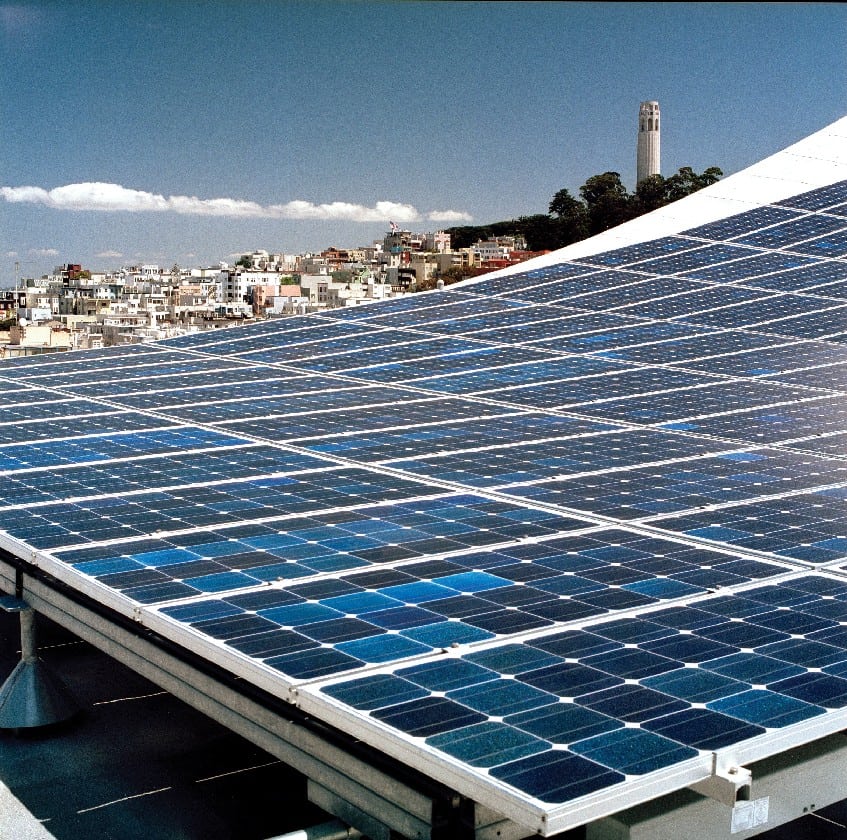Just how cheap has solar energy gotten? To give you an indication, Middle Eastern countries from Saudi Arabia to the United Arab Emirates are betting on solar to power their future, now the oil that has fueled their electricity plants for the past century.
The decision to invest in solar isn’t about climate change or any altruistic reason. It’s based on simple economics. And a recent bid in Dubai shows just how powerful the solar industry could be in the Middle East.
The new record for solar
Early this month, Dubai Electricity & Water Authority announced that it had received five bids to build 800 MW of solar capacity, with a low bid of 2.99 cents per kWh. The headline number may not end up being exactly what the utility pays for electricity after escalators and potential government subsidies in financing and land acquisitions are factored in, but the fact that solar is even approaching 3 cents per kWh is amazing.
To put that number into perspective, the average U.S. retail electricity consumer paid 12.15 cents per kWh in February. In Hawaii, which — much like the Middle East — burns mostly oil to generate electricity, costs were 26.77 cents per kWh.
It just makes sense to burn less oil and generate more electricity with sunshine, which is abundant in most of the Middle East.
Big-ish plans for solar
The 800 MW bid may be just a small step toward an energy transition in a region defined by oil. Dubai is planning to get 7% of its power from renewable energy by 2020, which considering its 39,599 GWh of demand in 2014 (the latest data available), would require about 1.3 GW of solar capacity, assuming optimal solar conditions.




































